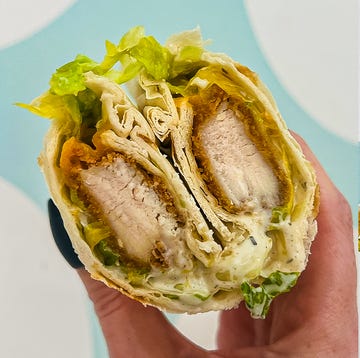Customers at U.S. grocery stores could soon be paying more for their meat as experts predict that prices for beef and pork could go up as much as 20 percent compared to 2019 in light of plant closures.
A report by CoBank, previously reported on by Business Insider, said that plant closures have caused "a bottleneck in the U.S. meat and livestock supply chain," and that we'll be seeing the effects of that Memorial Day weekend, if we haven't already.
"Meat supplies for retail grocery stores could shrink by nearly 30 percent this Memorial Day, leading to retail pork and beef price inflation as high as 20 percent relative to prices last year," the report reads.
Meat industry executives have been warning of a meat shortage for weeks as many have been forced to close processing plants amid the COVID-19 outbreak. Now, shoppers are seeing emptier meat cases and even restaurants are fearing a shortage. Stores like Kroger and Costco have started implementing purchase limits on meat, as well.
President Donald Trump recently signed an executive order urging meat processing plants to re-open, but as the report notes, getting workers to come back to work and keeping them safe is a major issue.
Bloomberg reported this week that as plants re-open, some workers are choosing to take leave or quit instead of go back to work because of fears they'll contract COVID-19. The CDC reported that 4,913 meat processing plant employees have tested positive for coronavirus.
Even with plant re-openings, there is still a major break in the supply chain, as CoBank estimates that "hog producers may still be forced to euthanize as many as 7 million pigs in the second quarter alone, worth nearly $700 million at historical average prices." And with pork and beef production down approximately 35 percent below this year, the report calls retail shortages and price inflation of these products "nearly assured."
In fact, David Anderson, professor and extension economist in the Department of Agricultural Economics at Texas A&M University, told TIME that the differences in meat supply will likely become apparent to the average consumer.
“I think the average purchaser’s going to notice it,” he told them.:
I suspect that consumers will note that in the meat case in their store, there won’t be as much as normal, or as they used to see. You’ll see parts of the meat case where there’s less there, you’ll see parts of the meat case, probably, where they spread out the product—so it looks full.
Kansas State University’s department of agricultural economics professor Glynn Tonsor said, however, that some stores may choose not pass on price increases to customers or that they may slowly increase them over time. It seems like only time will tell what this looks like for your individual grocery bill.













